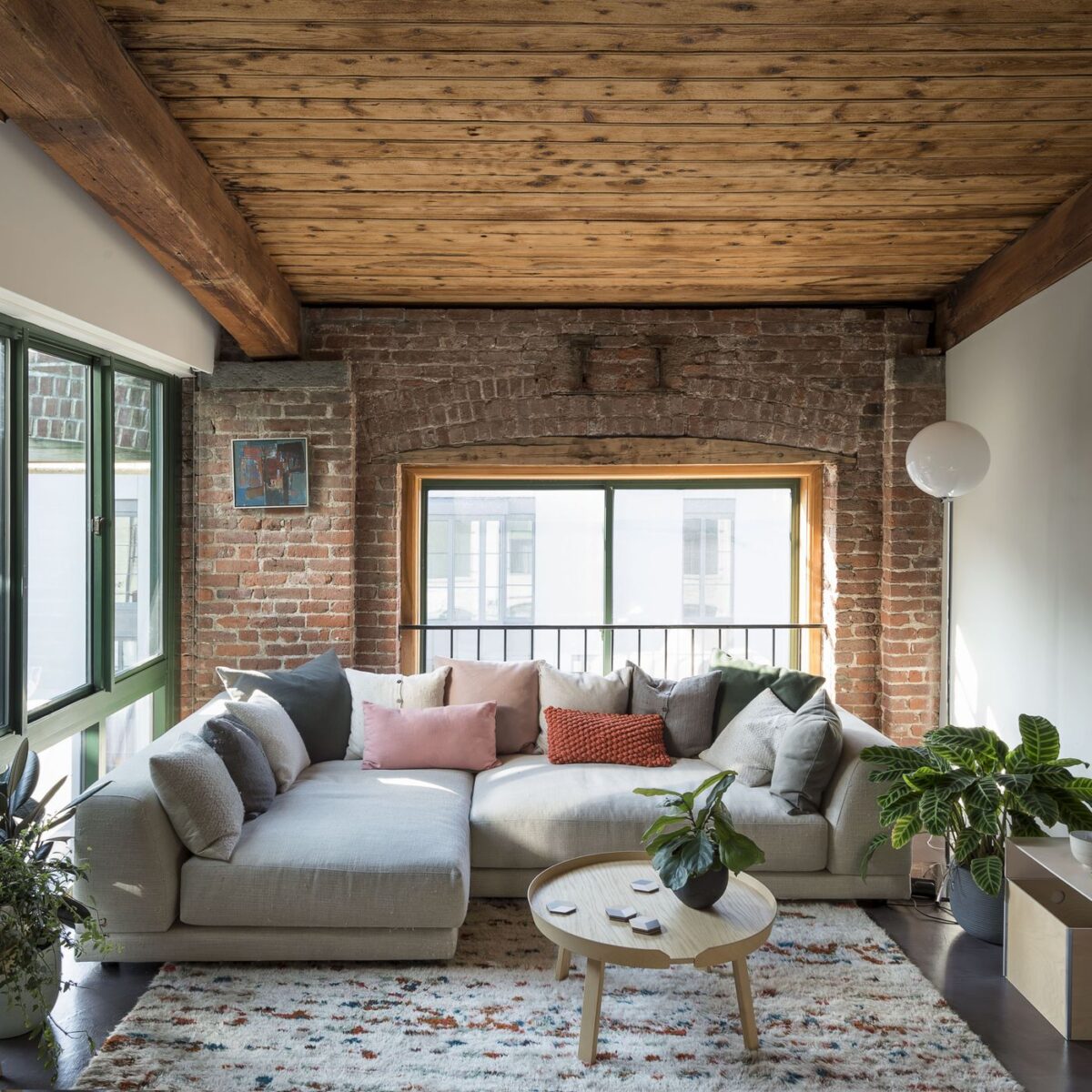The Global Canvas: A Look at the Interior Design Market

From luxurious penthouses to cosy living spaces, the world of interior design shapes the way we experience our surroundings. Today, we’ll delve into the global interior design market, exploring its size, market share, and the exciting trends shaping this ever-evolving creative industry.
Interior Design Market Overview
The global interior design market size is currently valued at a staggering USD 130.5 Billion and is projected to reach a phenomenal USD 211.29 Billion by 2032, boasting a healthy CAGR (Compound Annual Growth Rate) of 5.50%. These figures showcase the significant role interior design plays in shaping residential and commercial spaces worldwide.
Market Players
The global interior design market is a complex landscape with various players vying for a piece of the canvas:
- Architectural and Interior Design Firms: These established firms offer a full spectrum of design services, from conceptualization to project management.
- Freelance Interior Designers: This growing segment caters to individual projects and offers a more personalized approach.
- Retail Chains and Online Platforms: These offer readily available furniture, décor items, and design inspiration, often at competitive prices.
- DIY (Do-It-Yourself) Enthusiasts: With readily available online resources and tutorials, a growing segment enjoys tackling design projects themselves.
Trends Shaping the Future
As we peer into the future, several trends are poised to reshape the global interior design market:
- The Rise of Wellness Design: Creating spaces that promote physical and mental well-being will be a growing focus, incorporating natural light, biophilic elements, and calming color palettes.
- Tech Integration and Smart Homes: Integration of smart home technologies will be more prevalent, allowing for automated lighting, temperature control, and enhanced user experience.
- Sustainability Takes Center Stage: Eco-conscious design practices like using recycled materials, energy-efficient appliances, and locally sourced furniture are gaining traction.
- Personalization Reigns Supreme: Designers are increasingly creating spaces that reflect the unique personality and lifestyle of their clients, fostering a sense of individuality.
- Global Inspirations and Local Flavors: A fusion of global design trends with local aesthetics will create a more eclectic and culturally rich design landscape.
Diverse Canvas/ Services
The interior design market isn’t a one-size-fits-all solution. It offers a diverse range of services catering to different needs and budgets:
- Residential Interior Design: This includes designing and decorating homes, apartments, and villas, catering to various styles and preferences.
- Commercial Interior Design: This involves designing office spaces, retail stores, restaurants, and hospitality venues, focusing on functionality, branding, and aesthetics.
- Luxury Interior Design: This caters to high-end clientele, offering bespoke design solutions with premium materials and high attention to detail.
- Sustainable Interior Design: A growing trend focuses on eco-friendly materials, energy-efficient solutions, and creating spaces that minimize environmental impact.
Challenges and Opportunities
Despite its promising future, the interior design market faces some challenges:
- Skilled Workforce Gap: The rapid growth of the market necessitates a skilled workforce equipped with the latest design trends and technical knowledge.
- Unorganized Sector: The presence of a large unorganized sector can lead to unfair competition and a lack of standardized practices.
- Consumer Awareness: While awareness is increasing, educating consumers about the value proposition of professional interior design services remains crucial.
However, these challenges offer exciting opportunities for innovation and improvement:
-
- Focus on Design Education: Developing robust design education programs and skill development initiatives can address the gap in skilled professionals.
- Technological Advancements: Utilizing technologies like 3D modeling and virtual reality can enhance client visualization and communication of design ideas.
- Promoting Ethical Practices: Industry associations and government regulations can foster ethical practices, ensuring quality and fair pricing for clients.
Creativity and Sustainability
As we look towards the future, the interior design market is brimming with possibilities:
- Focus on Smart Homes: Integration of smart home technologies will be a growing trend, creating functional and connected living spaces.
- Sustainability at the Forefront: Eco-friendly practices, locally sourced materials, and energy-efficient designs will be prioritized by environmentally conscious homeowners and designers.
- Evolving Design Styles: Indian design is likely to embrace a fusion of global influences and traditional aesthetics, reflecting a unique and contemporary Indian style.
Conclusion
The interior design market is a vibrant ecosystem that influences how we live, work, and interact with our surroundings. By embracing innovation, sustainability, and personalization, this market can continue to flourish, transforming spaces into expressions of comfort, functionality, and beauty for a global audience. Remember, a well-designed space has the power to uplift our spirits and inspire creativity. So, let’s celebrate the artistry and vision that shape the world’s interiors, one brushstroke at a time.
Read more: https://www.hituponviews.com/







